Introduction: What Is a Fire Detector?
A fire detector is a critical component of any fire protection system. It senses one or more of the signs of fire—smoke, heat, gas, or flame—and triggers an alarm to warn occupants and initiate emergency protocols. These devices are designed to detect fires early, minimizing damage, saving lives, and protecting assets.
What Is a Fire Detection System?
A fire detection system is an integrated network of fire detectors, control panels, and notification devices. These systems automatically monitor the environment, process signals from sensors, and activate alarms or fire suppression systems when a fire is detected. They are commonly installed in residential buildings, offices, factories, warehouses, and public infrastructures.
Types of Fire Detectors and How They Work
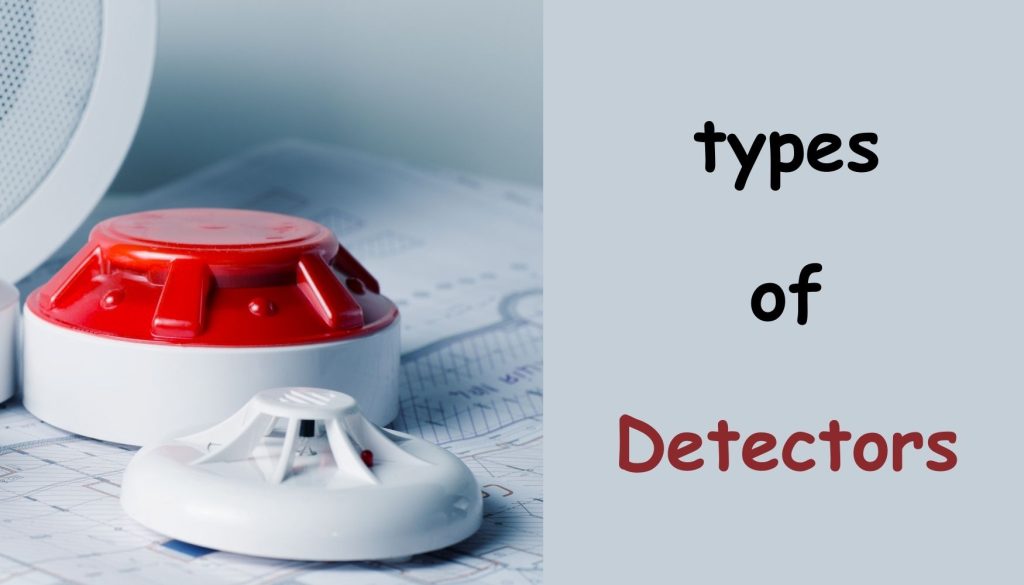
1. Smoke Detectors: Optical, Photoelectric, and Ionization
smart Smoke detectors are the most common types of fire detector, especially in residential and commercial settings. They sense airborne particles generated by combustion.
Optical Smoke Detectors
These detectors use light scatter technology. When smoke enters the chamber, it scatters the light beam inside, which triggers the alarm. They are highly effective for detecting slow, smoldering fires.
Photoelectric Smoke Detectors
Photoelectric detectors work similarly to optical ones but with a different sensor setup. They are ideal for detecting visible smoke and are less prone to false alarms from cooking fumes.
Ionization Smoke Detectors
Ionization smoke detectors use a small amount of radioactive material to ionize air inside a sensing chamber. Smoke disrupts the ion flow, causing a drop in current and activating the alarm. These are more sensitive to fast-flaming fires.
Aspiration Smoke Detection Systems
These advanced systems continuously draw air through a network of pipes and analyze it using a highly sensitive laser-based detector. Aspiration systems are used in environments where even minimal smoke must be detected early, such as data centers and clean rooms.
Read about Restaurant Fire Alarm System
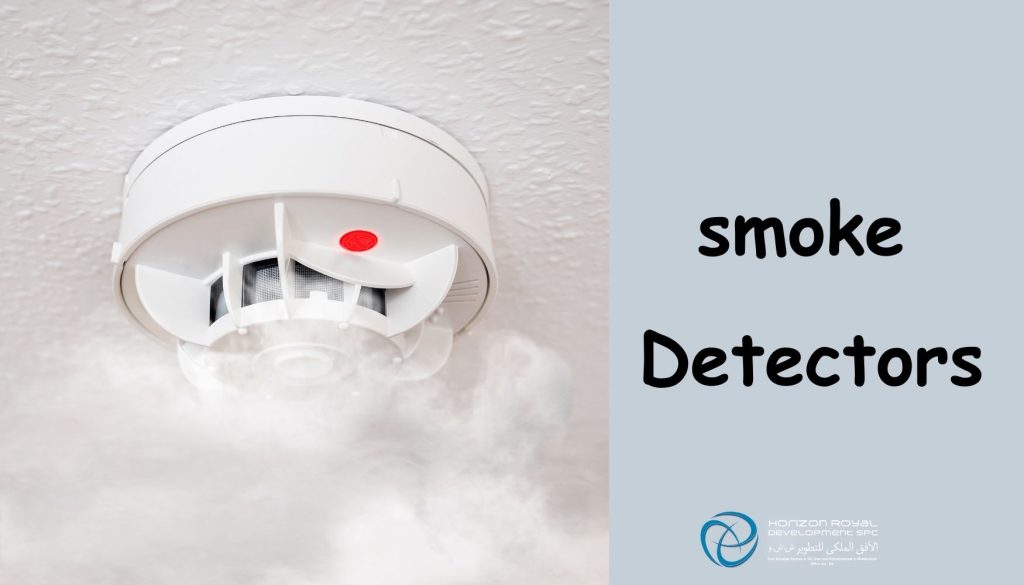
2.Temperature Detectors: Thermal and Thermovelocimetric
Temperature detectors sense heat instead of smoke or flame and are used in environments where smoke is not a reliable indicator.
Thermal Detectors
Thermal fire detectors trigger an alarm when the ambient temperature exceeds a fixed threshold, typically set based on the expected environment.
Thermovelocimetric Detectors
These detectors measure the rate of temperature rise over time. A sudden increase in heat can trigger the alarm even before reaching the fixed threshold. They are effective in environments with fluctuating baseline temperatures.
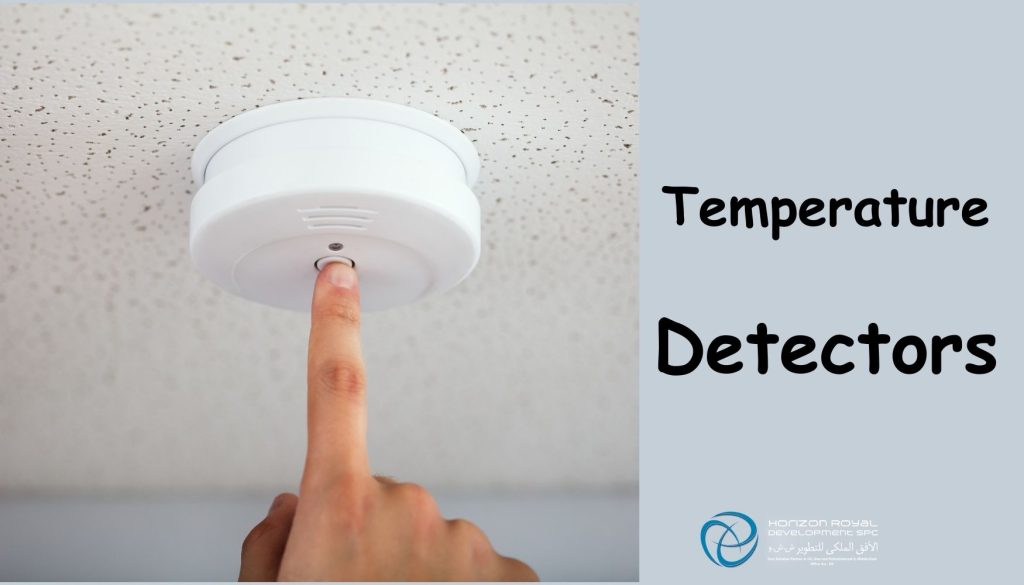
3. Flame Detectors: Infrared, Ultraviolet, and Combined IR+UV
Flame detectors are designed to identify the light produced by flames.
Infrared (IR) Flame Detectors
IR flame detectors sense infrared radiation emitted by flames. They are suitable for detecting hydrocarbon fires and are often used in industrial settings.
Ultraviolet (UV) Flame Detectors
UV detectors respond to UV radiation from flames. They offer faster response times but may be more susceptible to false alarms from lightning or arc welding.
Combined IR+UV Flame Detectors
These combine both detection methods to reduce false alarms and enhance detection reliability in complex environments.
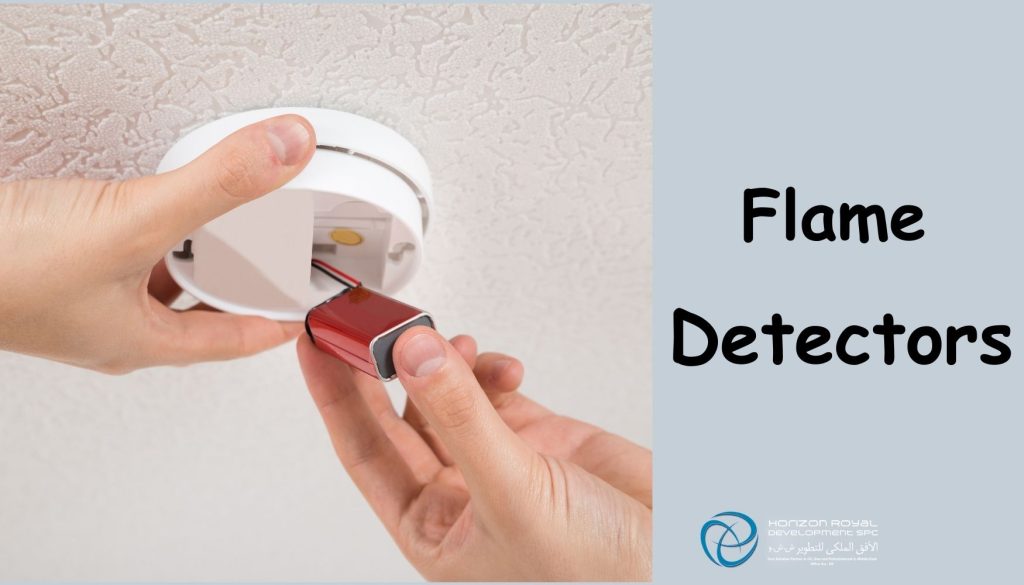
4. Linear Infrared Detectors
Linear heat detectors use a continuous cable that senses temperature changes over its entire length. They are especially useful for long installations, such as tunnels, cable trays, or conveyor belts.
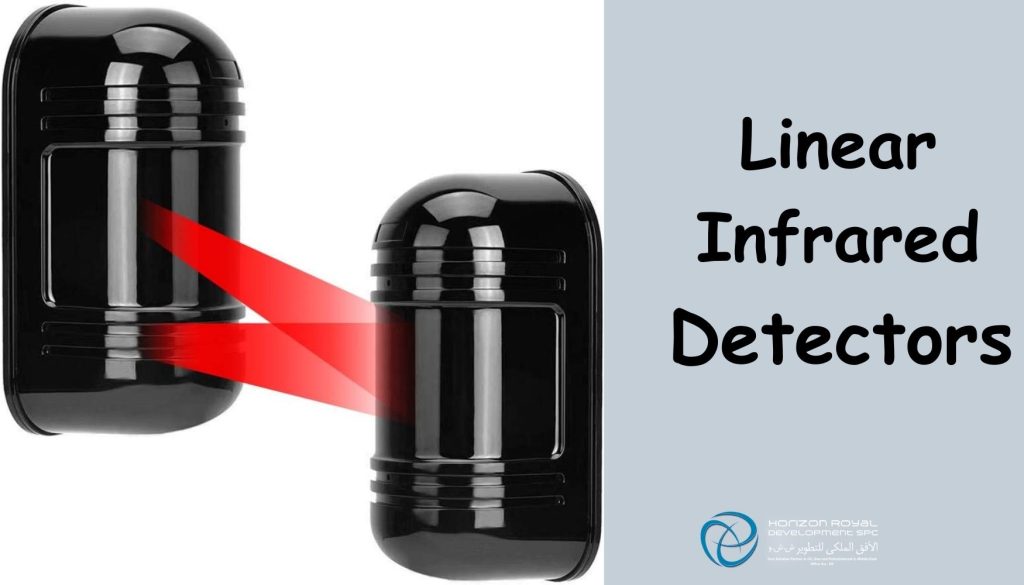
5. Gas Detectors
Gas fire detectors is a types of fire detectors that identify combustible gases like methane or propane before combustion occurs. They are preventive tools often used in chemical plants, kitchens, and gas storage facilities.
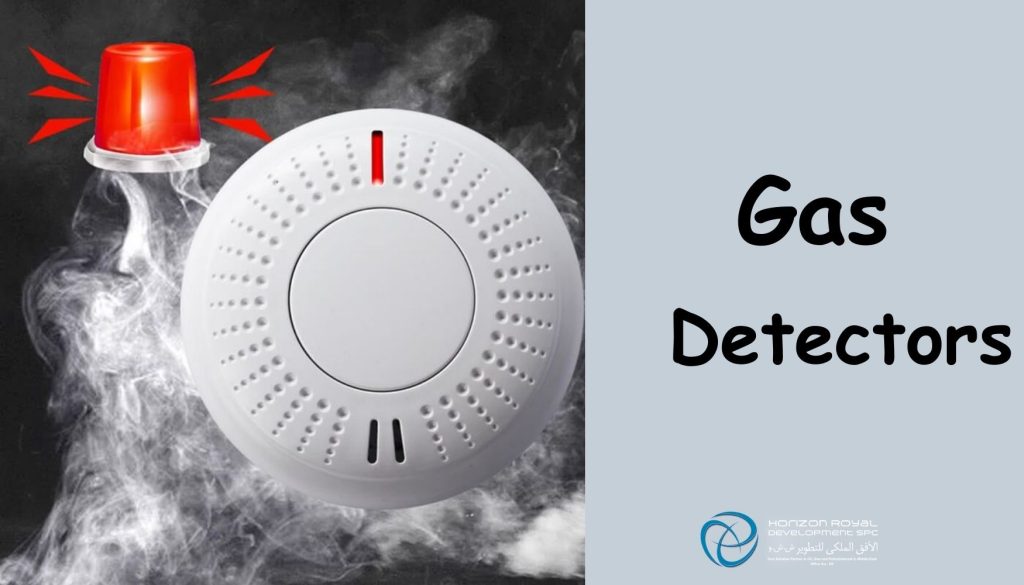
6. Fire Detector Cable or Temperature Sensor
Fire Detector Cable is aTypes of Fire Detectors.These sensors consist of heat-sensitive cables that trigger an alarm once a specific temperature is reached. They are ideal for monitoring confined or hard-to-reach spaces.
Read the article about Fire alarm system specialists
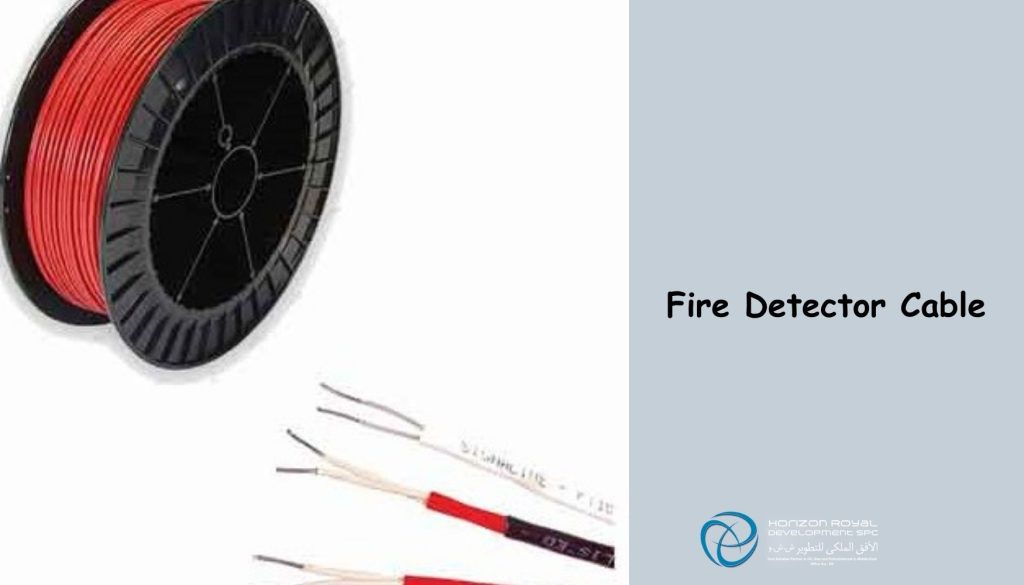
How to Choose the Most Suitable Types of Fire Detectors
Selecting the right fire detector depends on several factors:
- Environment: Dusty or humid areas may interfere with optical detectors, while heat detectors are better suited for such conditions.
- Type of fire risk: For fast-flaming fires, ionization detectors work well. For smoldering fires, photoelectric or aspiration systems are better.
- Speed of detection: Flame detectors offer the fastest response but are more expensive.
- False alarm sensitivity: In sensitive areas, combination systems (e.g., IR+UV or multi-criteria) help reduce false alarms.
Professional consultation and risk assessment are essential to ensure compliance with safety standards and to maximize protection.


No comment